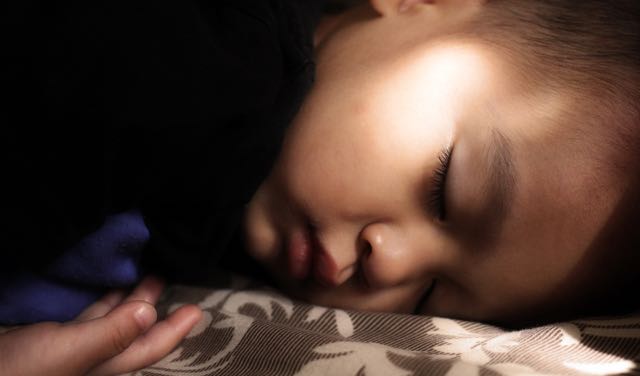A magazine where the digital world meets the real world.
On the web
- Home
- Browse by date
- Browse by topic
- Enter the maze
- Follow our blog
- Follow us on Twitter
- Resources for teachers
- Subscribe
In print
What is cs4fn?
- About us
- Contact us
- Partners
- Privacy and cookies
- Copyright and contributions
- Links to other fun sites
- Complete our questionnaire, give us feedback
Search:
Back (page) under the duvet
by Peter W McOwan, Queen Mary University of London

We all have those sort of days when we just want to stay in bed and pull up the duvet. Bed is one of our most private places. But in the near future our sleep havens could be a hotbed of computer tech as designers, engineers and computer scientists speculate on the beds of the future.
The bed-o-scope
When you're in bed, awake or asleep, your vital signs could be being sent to your doctor for analysis. Sensors built into smart beds can already record your weight, temperature, movements during the night and rate of breathing. This data can be used to score the quality of your sleep. They could even be connected to an artificial intelligence trained to recognise patterns that predict ill-health.
Bed bug: the Doctor will see you...while you sleep
On the up, with your mattress
The new material graphene is a near perfect conductor. That makes it possible to replace your spring or foam mattress with a mesh of magnetic levitators. The bed would provide support just where you need it, changing its softness and firmness as you move around in your sleep. Your restless sleep could even be converted into electricity to recharge your phone while you snooze or power other sensors around your bedroom that keep the temperature and humidity just right.
Bed bug: graphene in bed with you could spring some surprises
Pillow frights
Thin polymer membranes can be woven into fabrics meaning your pillow case could monitor your sleeping body temperature and skin moisture levels to indicate stress or relaxation. They could also monitor your brain activity to ensure the alarm goes off at the right part of your sleep cycle instead of disturbing your sweet dreams, so you don't wake up feeling groggy. Who knows it may even be able to process the electrical patterns of your brain activity and work out what you are dreaming about, waking you as a nightmare is about to start.
Bed bug: dream on or off
Shedding in the Bedding
Beds are filled with chemicals and bacteria we naturally shed when we sleep. That's why it's a good idea to change the bedding frequently. In the future, however, we may be kept odour and chore free with electroactive polymers. These can be woven into bed linen and allow small holes in the material to be opened and closed and for it to change shape. This would allow different shaped odour causing chemicals to pass through the pores or scents to be released to mask any smell. Bacteria can be kicked out by covering surfaces with micro spikes, which while being too small for our skins to feel, could be driven to vibrate and puncture the cell membranes of unwanted bacteria, destroying them.
Bed bug: clean and tidy at the click of a switch
A good night's sleep ... a good night's data
All this shows that computer scientists and their teams are working hard so we can sleep easy, and that beds are more than just a cosy place to hide on a wet and rainy school day. Just remember to buy the version with security turned on, or your night's information might be available to everyone as you sleep.
A Challenge
A hidden password lies in this mag. There's a website file it will help you bag. The start of each story must be recovered. Switch the order and secret discovered.


